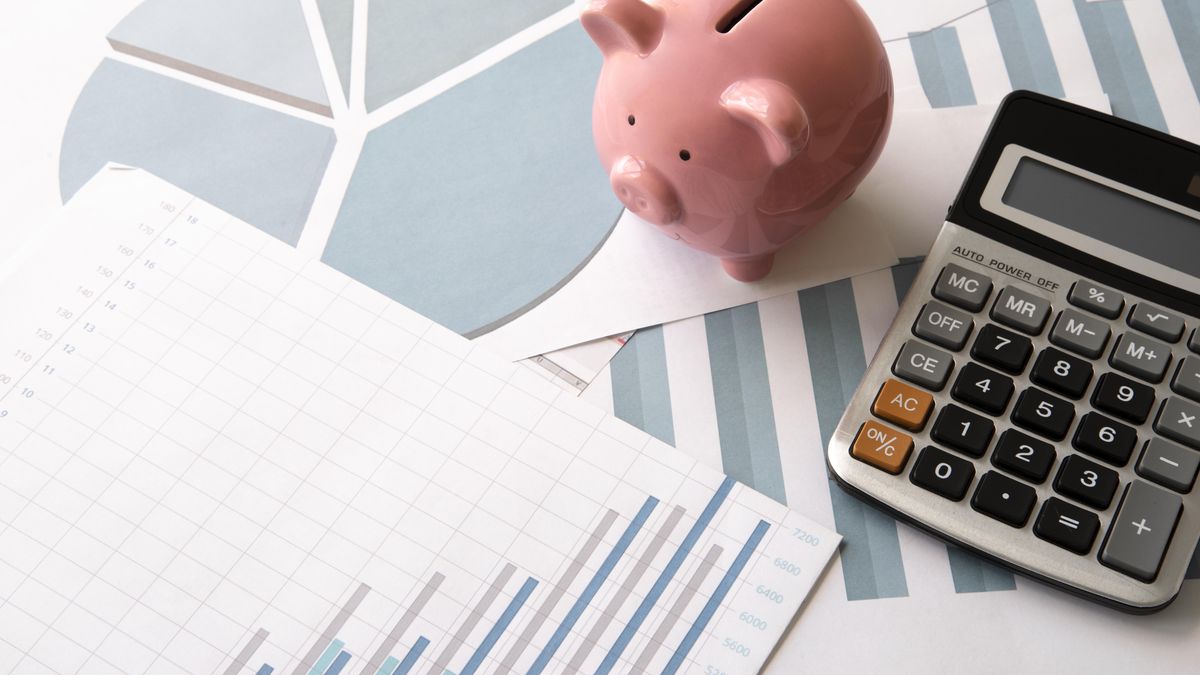Looking ahead to the next two months, implicit rates continue to discount variations in the CPI above 5% (5.4% for May and 5.3% for June), which should maintain the fuel that drives the prices of indexed instruments by inflation. In any case, we recommend focusing on the 2023 maturities – with the TX23 bond in the lead, which has a current inflation yield of -3.5% –, since the volume of index-linked instruments increases the probability of reprofiling of instruments with maturities in 2024, an event that, in the second instance, would have a greater impact on the long stretch.
In relation to the wholesale exchange rate, we are going through the months in which historically the liquidation of agriculture is greater, so it is the right time for the BCRA to take advantage of it to buy and accumulate international reserves. This can be seen in the result of the BCRA’s interventions in the foreign exchange market in the first two weeks of May, in which it accumulated net purchases of USD 530 million, the best performance since August of last year, although far from the result of last year. a year ago, when at this time of the month it had already acquired USD 1,300 M. This made it possible to offset the higher debt payments, and net international reserves stand at USD 3,300 M, still far from the goal of USD 6,300 M that was agreed with the IMF. Although this is a yellow light, given the context of political fragility and with inflation so high, the conditions for a discreet jump in the dollar wholesaler.
Recommendations to invest in Argentina
For this reason, we do not consider it necessary for the exposure to dollar-linked instruments to exceed 25% of the portfolio. However, due to the current political instability, we do recommend that importers maintain futures coverage, always prioritizing the short tranche over the long, in order to avoid the volatilities that the latter have in the face of adjustments in expectations.
With this background framework, the BCRA announced a new rate hike – the fifth so far this year – by 200 bps, which left effective interest rates (TEAs) at 60.1% for fixed terms and 57 .1% for Badlar. This places the yields of the Badlar and fixed rate instruments in the order of 60%, an average that, if we start from inflation estimates of 65%, is below them.
Faced with a scenario in which the risk of re-profiling of the indexed debt is triggered (measured in the spread between the TX23 and TX24, today it is 5.7%, vs. 12% a few weeks ago) or there is an increase aggressive in the rates – an unlikely event –, we would increase the participation in Badlar bonds or fixed terms.
In conclusion, we recommend:
- I) Maintain the majority position in CER instruments due to the current inflationary dynamics, prioritizing bonds maturing until 2023, considering the implicit risk of re-profiling in the medium term. In turn, for short-term positions, we recommend funds such as the Toronto Trust Total Return, which are exposed to short-term CER bills, and therefore allow us to renew terms at a rate higher than an LEDE.
- II) Do not increase exposure to dollar-linked instruments, since we do not expect a slight jump in the exchange rate in the short term. Even so, considering the political risk, we recommend that importers maintain coverage through Rofex.
- III) Do not increase the holding of funds or bonds tied to the performance of the interest rate, since their yields (approximately 60%) are below inflation estimates (65% for 2022 according to the Survey of Market Expectations ).
Cohen’s Strategist
Source: Ambito




